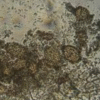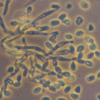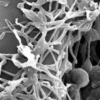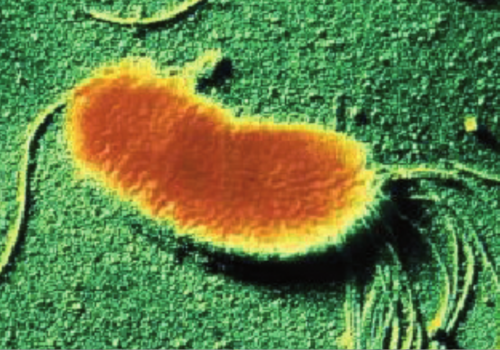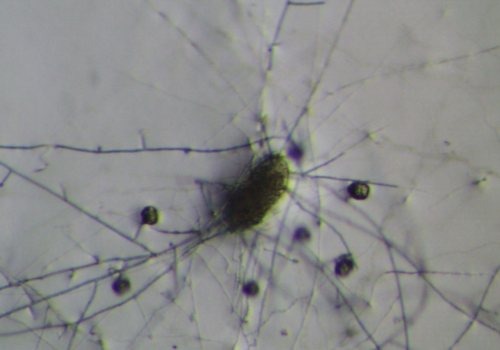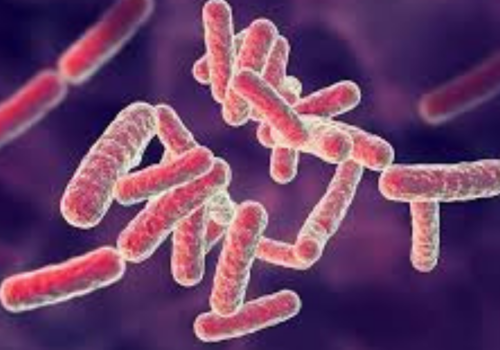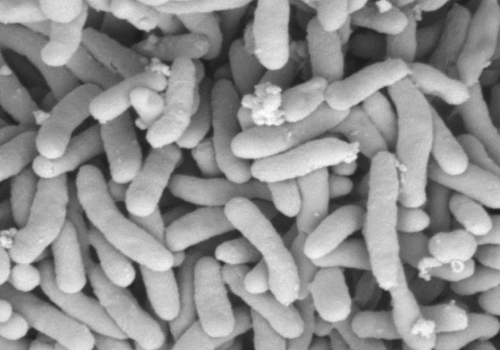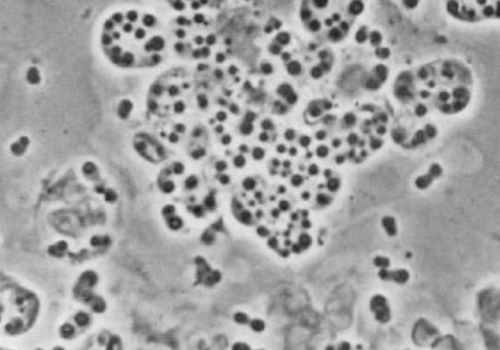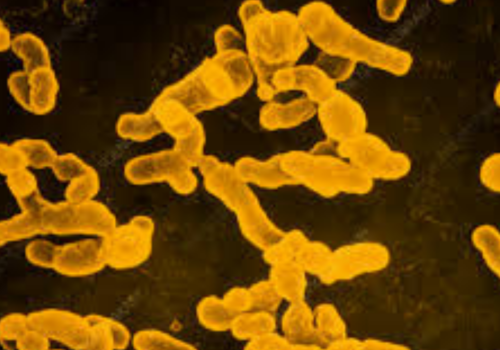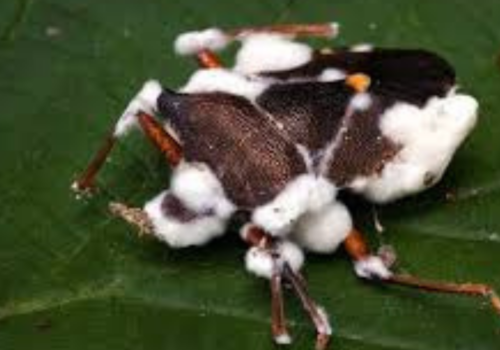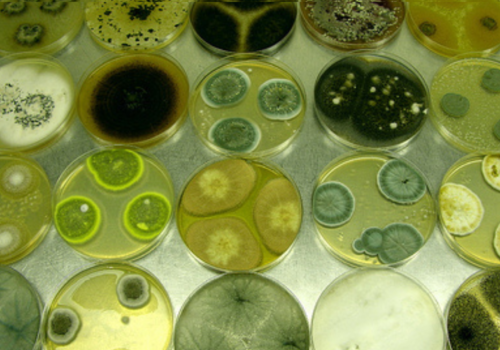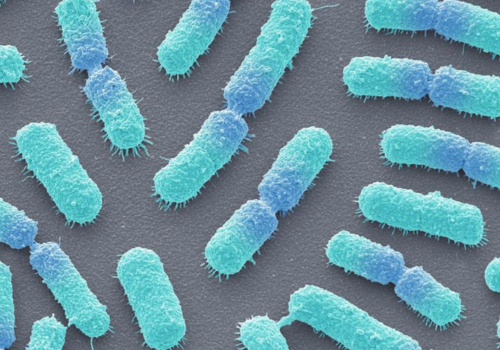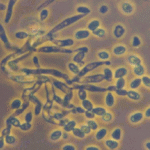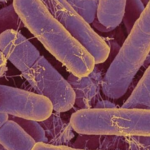Bacillus subtilis is a robust, Gram-positive bacterium widely recognized for its adaptability and efficiency in various environments.
Overview of the Microbe Pochonia chlamydosporia is an ascomycete fungus (Hypocreales: Clavicipitaceae) formerly known as Verticillium chlamydosporium[1]. First identified in the 1970s as a natural...
Overview of the Microbe Pseudomonas putida KT2440 is a non‑spore‑forming, motile, Gram‑negative bacterium isolated from soil and rhizosphere environments[1]. It harbors a ~6.18 Mbp circular chromosome...
Overview of the Microbe B. amyloliquefaciens belongs to the Bacillus subtilis species complex and was first described by Priest et al. in 1987 based on...
Overview of the Microbe Pseudomonas stutzeri is a motile, rod‑shaped, non‑spore‑forming Gram‑negative bacterium first described by Lehmann and Neumann in 1896. It inhabits soil, freshwater,...
Overview of the Microbe Taxonomy and Strain Information Beijerinckia mobilis belongs to the domain Bacteria, phylum Pseudomonadota, class Alphaproteobacteria, order Hyphomicrobiales, and family Beijerinckiaceae[3]. The...
Overview of the Microbe Rhizobium leguminosarum is a Gram‑negative, non‑spore‑forming soil bacterium in the family Rhizobiaceae that nodulates a broad range of legumes, including peas,...
Overview of the Microbe Beauveria bassiana (Balsamo) Vuillemin is an anamorphic ascomycete belonging to the family Cordycipitaceae, order Hypocreales, and is ubiquitously present in soil...
Overview of the Microbe Penicillium bilaiae (often spelled P. bilaii) is a filamentous soil fungus in the genus Penicillium, an ascomycete group known for its...
Bacillus subtilis is a robust, Gram-positive bacterium widely recognized for its adaptability and efficiency in various environments.

